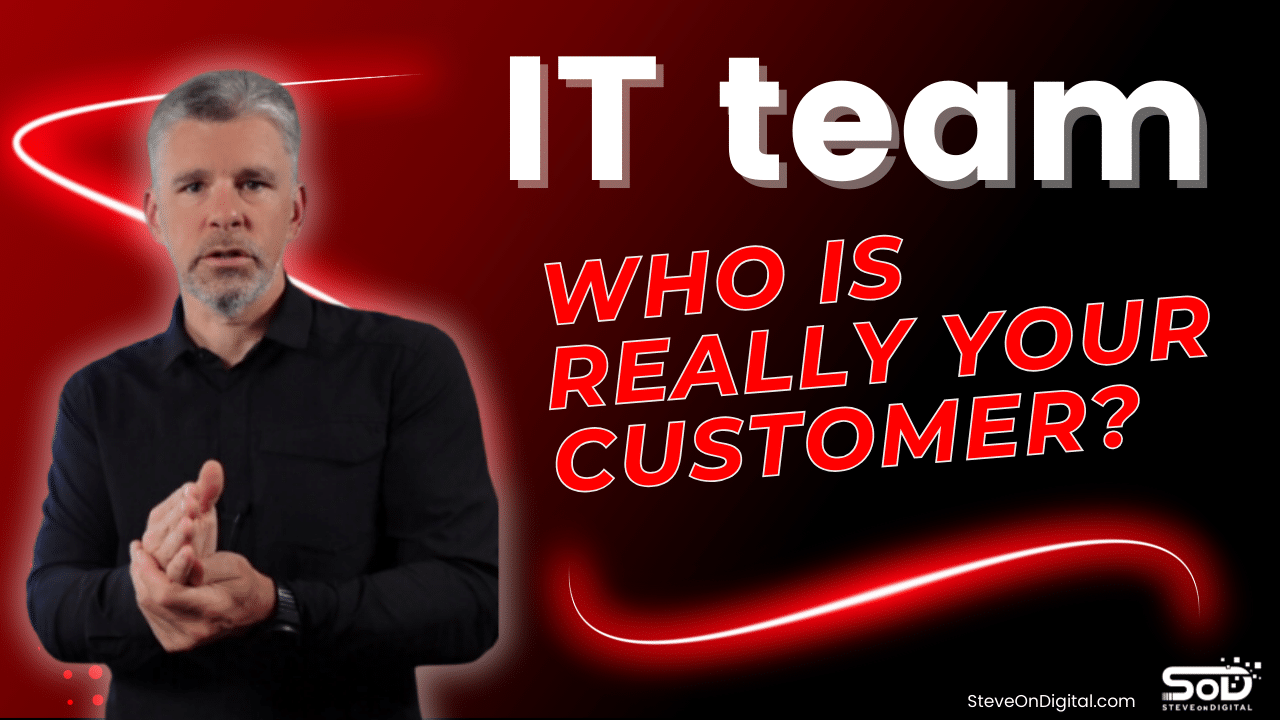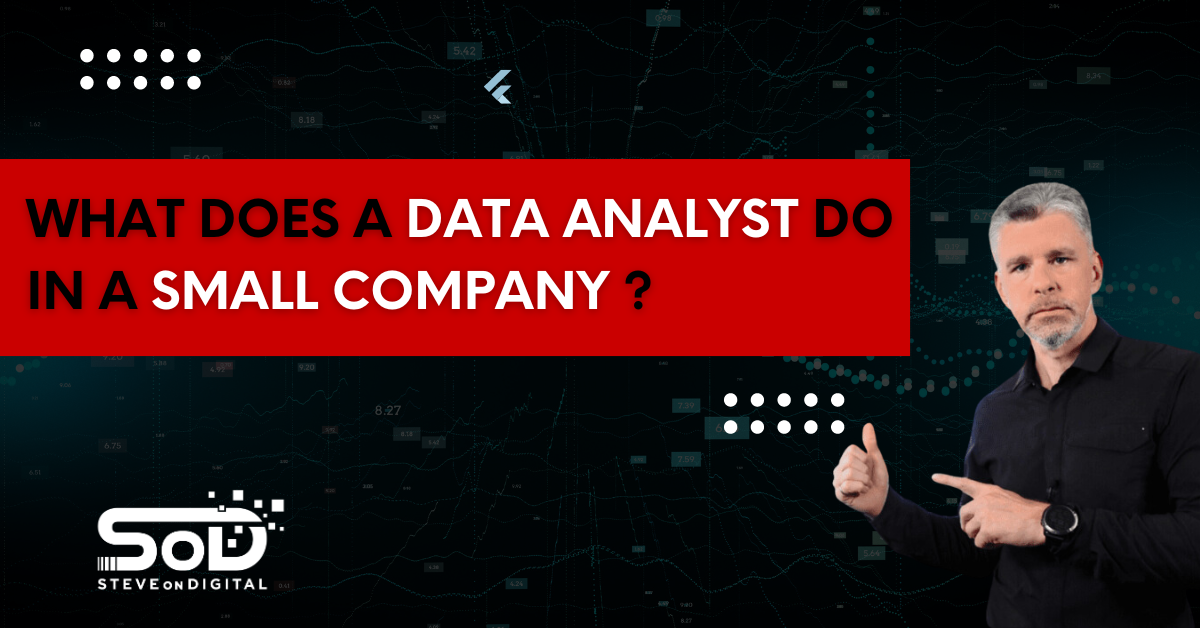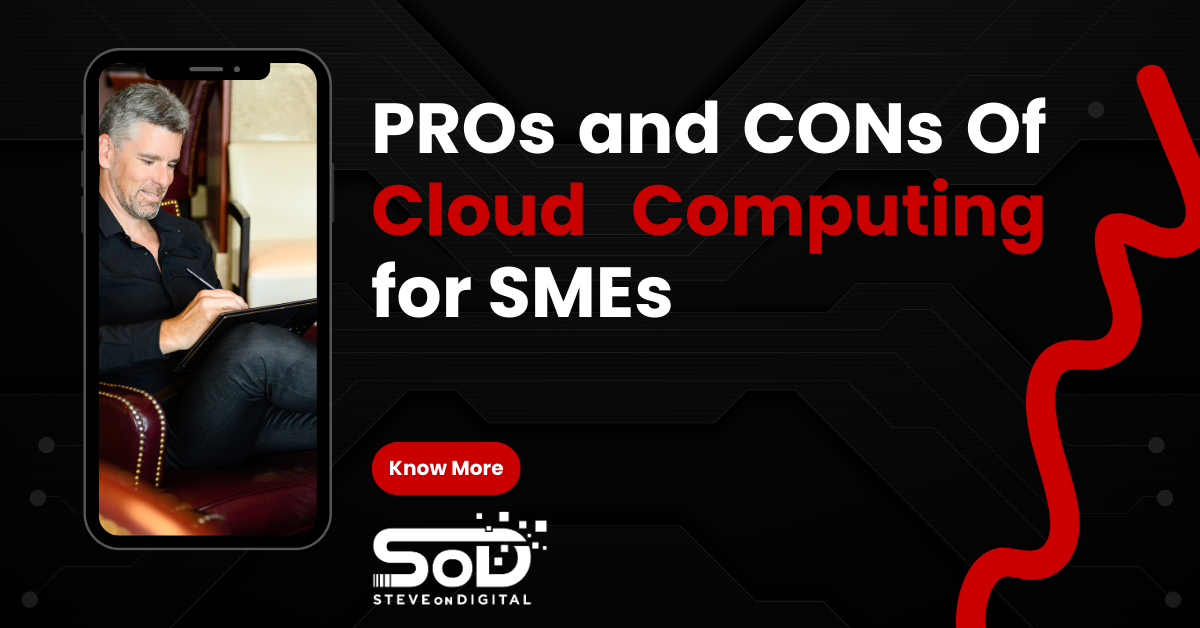A common confusion in many companies is WHO the IT team should cater to. Who is their real customer? Based on my experience as a virtual CIO, three possibilities immediately come to mind: senior management, staff and the end customer.
- If, for example, the IT team only keeps in mind the directives from senior management, they may focus on developing applications for tracking the company’s KPIs, such as financial targets, and for tracking the success of the various strategies geared for hitting these targets.
- Or if the IT team caters to their colleagues, they may put most of their resources into optimizing processes and the employee interface. In this scenario Employee Experience (EX) takes precedence.
- Or, if the IT team is convinced that, in fact, their time and energy should be put into improving the end customer’s experience (CX), they may focus on developing tools to facilitate the purchasing process.
Which focus is right? Who is the IT team’s real customer?
I believe that the IT team needs to keep all three entities in mind, but that their focus should always start with the end customer. Without customers, there is no business, after all. There are two ways to start with the customer.
- The first is an information gathering meeting. At this meeting, a representative from the IT team asks pertinent questions to the end user. Questions such as: what tools do you use, which ones would you like to have, which steps were difficult, what can be improved.
- The second is data gathering. Using data, find out: what customers typically like about the system, how they behave within the system, what parts of the system are they using the most, how they are using the tools.
By gathering information through meeting the client and/or analyzing data, you will gain excellent feedback for developing future tools or optimizing existing ones. So, in order to create worthwhile tools, be sure to start with the end customer.
However, the entity that has the most contact with the customer is the staff. By providing employees with the tools they need to serve customers, the IT team fulfills its mission in that the IT team takes care of staff and the staff takes care of the customer. In this model, the staff is the IT department’s direct customer and the end customer is its indirect customer. Thus, the IT team needs to focus on enhancing employee experience (EX), while keeping in mind the data gained about the end user’s experience (CX).

So, the answer to the original question (Who is the IT Team’s customer?) is the staff. But where does that leave the third and final entity, the senior management?
I believe that when the IT department focuses on improving employee experience which then in turn improves the end customer’s experience, senior management will inevitably be pleased with the results. In effect, better equipped teams are more likely to reach the goals set out by management. And well-supported customers are more likely to remain loyal to the company and even become ambassadors for the brand. Therefore, the role of senior management should be to provide the goals and strategies for the business. And then to empower the IT team to create the necessary tools to meet these goals using the strategies. By following this model, business-IT alignment becomes a reality.





